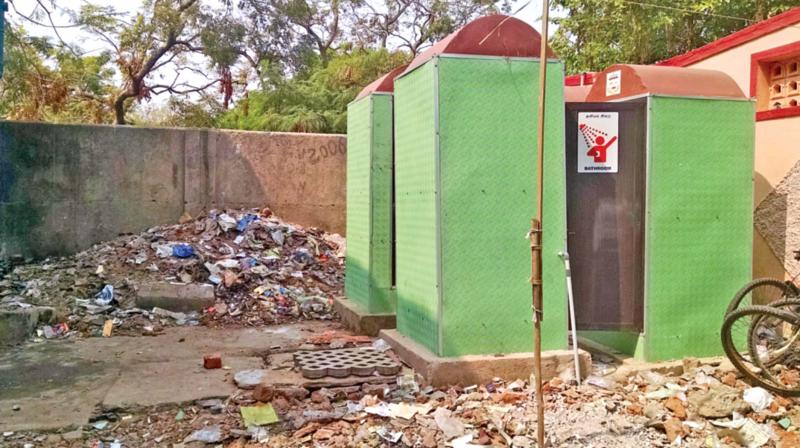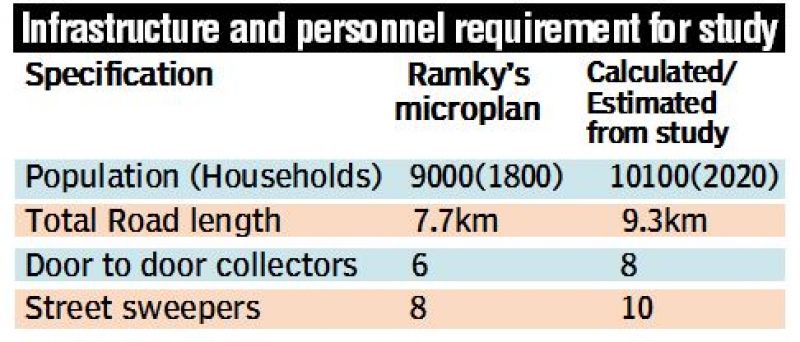Chennai: Fishing villages see discrimination in conservancy services
A few yards away, the posh locality of Bessi looks clean, with wide roads and adequate greenery.

Chennai: Fishing villages in the jurisdictions of Greater Chennai corporation are allegedly discriminated. Symbolizing inequality, a conservancy contractor agency attached with the civic body is allegedly rendering biased infrastructure service against the economically backward community.
Mountains of garbage, narrow lanes of sewage water and construction debris occupy Urur Olcott Kuppam and Thiruvalluvar Nagar, the fishing villages at Besant Nagar, which come under Zone 13 (Adyar) of Chennai Corporation.
A few yards away, the posh locality of Bessi looks clean, with wide roads and adequate greenery. Reason: under deployment of conservancy workers at this village, with has close to 1,000 families.
Defying the new Solid Waste Management Rules 2016, which mandates equal services to all areas within the locality, the conservancy contractor, Ramky Enviro Engineers has not deputed enough manpower in the villages.
According to a study released by Garbage Watch on Thursday, there is only one worker for the locality that measures over three kilometres, while the number for Besant Nagar (at the same distance) is four.
Less than 50 per cent of the villages are covered under the street-sweeping plan, while the plan covers 95 per cent at the streets of Besant Nagar. Six of the nine large garbage hotspots are located within the villages.
"Door-to-door collection is a rarity. Poor management of garbage is the root cause of mosquito breeding and subsequently many infectious diseases," said K. Saravanan, a representative of Urur olcott Kuppam village administration. The dignity of the residents here is at stake as many indulge in open defecation.
Anjali, a housewife said, "Forget a drainage connection, we don't have a septic tank. Most of us defecate at the shore, to avoid wastewater in front of our residences."
Garbage has become a part of their lives, as it is witnessed everywhere, on the lanes and also next to the public toilets. “Public toilets here are inaccessible with garbage covering all sides of it. How can we use them?” questions R. Sundaramurthy, Secretary, Urur Olcott Kuppam Kootamamaipu.
Despite these hardships, residents of these villages stay motivated, as they involve in eco-friendly initiatives. “I have never seen a worker cleaning the roads. However, as taught by few activists, we segregate waste and use the compost to our greenery,” said M. Uma, a housewife.
Promising to conduct a mass cleaning drive at the earliest, zonal-in-charge of Ramki Enviro Engineers said, "The situation has become worse after Cyclone Vardah devastated the locality. We are also calling in volunteers for the drive." Not admitting to the lapses, the official said, “Residents do not respond to conservancy workers.”
Study area:
A portion of ward 176 in zone 13 of Chennai Corporation bounded by 6th Avenue Road, 3rd Avenue, 7th Avenue and Urur-Olcott Kuppam.
Methodology:
Data on number and location of dumpsters were collected. Location of trash sites was identified and was grouped on size. Ramky's micro plan was analysed to identify systemic differences. Streetlights were calculated using GPS mapping tools for each sub region. During the surface garbage survey, household number was calculated


